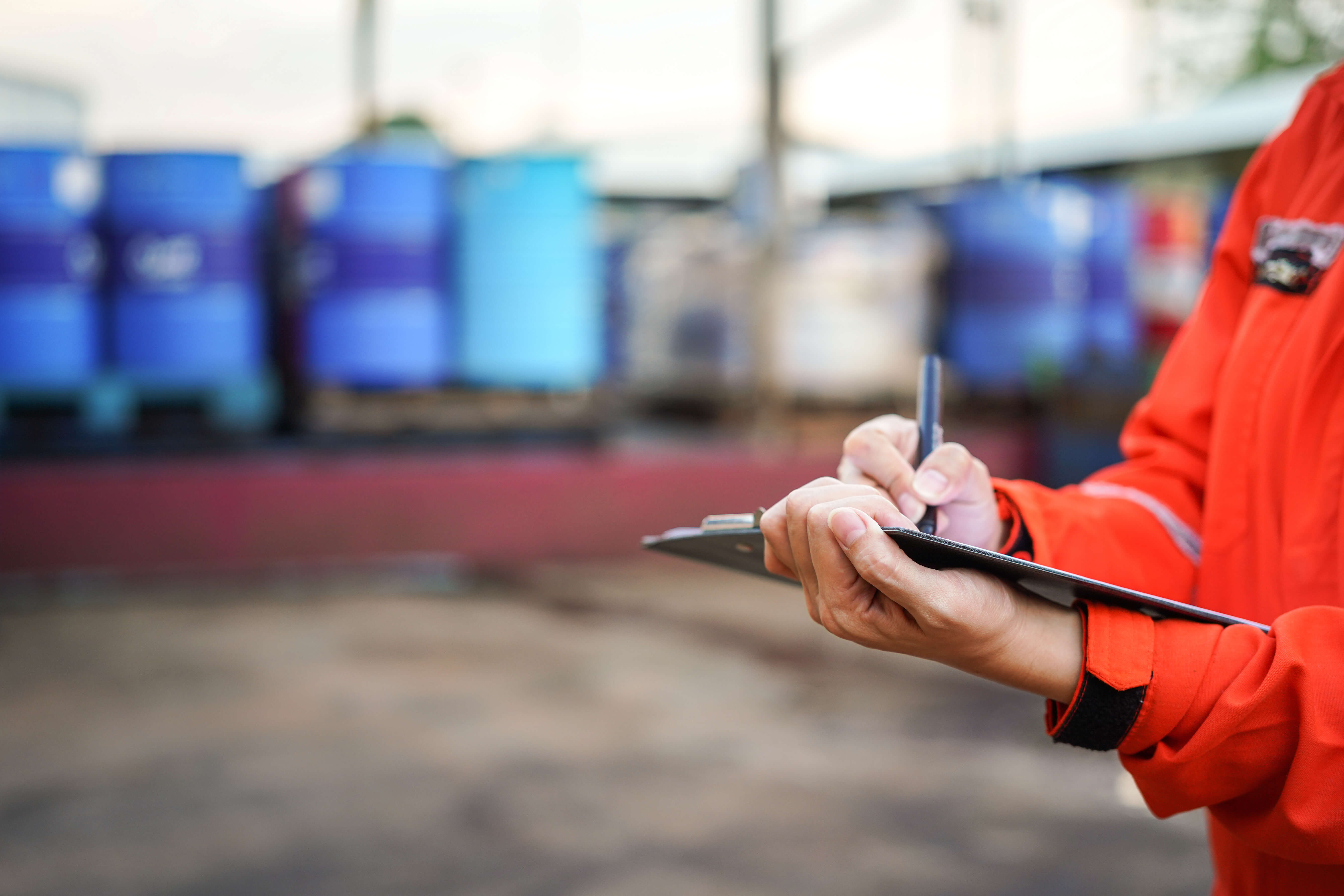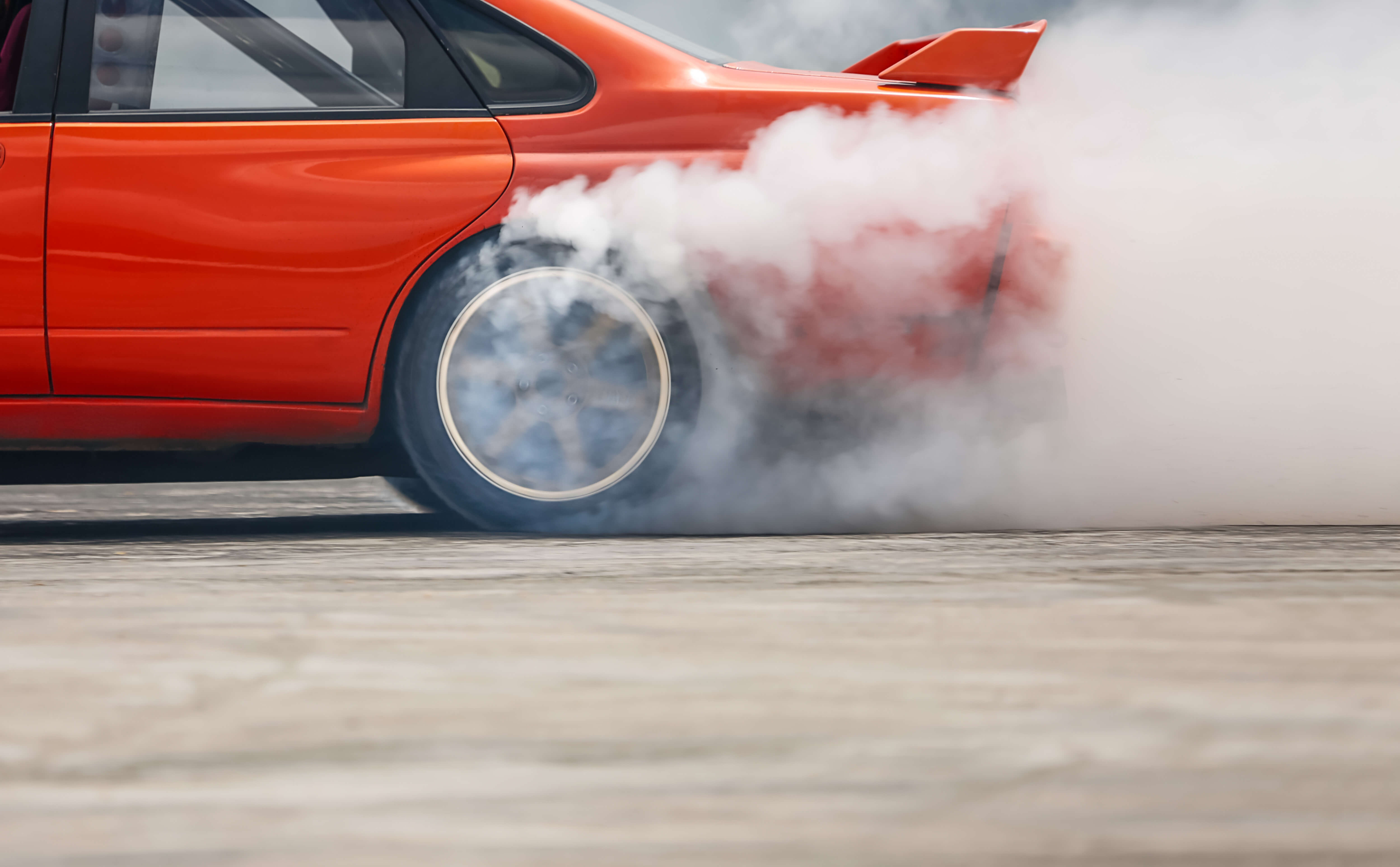Performance Fuels

How to Handle Gasoline Safely and Remain Fire-Free
- Category:
- Fuel Facts
by Grassroots Motorsports
Posted on 12/12/2024

A gas fire burns hotter than a thousand suns–okay, maybe it just seems that way–and thanks to the low viscosity of gasoline, it quickly spreads, turning a small problem into a big one.
So, let’s be careful out there. Zachary J. Santner, senior specialist of quality at Sunoco, offers some basic safety practices.
If you get a hole in your drum, pail or other fuel carrying device, think quickly and rotate the vessel so the hole is now at the top. Gravity will help you with the rest. In the panic of a fuel leak, Santner says, people often forget the basics.
Technically, gasoline doesn’t burn as a liquid. It’s the vapors that ignite. More science: As temperatures rise, more vapors boil off, meaning a greater likelihood of combustion. Santner’s safety tip: If possible, handle fuel when ambient temperatures are lower. How can you put that into practice? If you have a choice, try to fill your fuel jugs earlier in the day or later in the evening. Five-gallon pails are sealed with a quick-release pull tab. Before pulling that tab, Santner cautions, make sure the opening is at the highest point, meaning you should be careful when opening the pail on an incline. If the pail is sitting on an incline and that tab is pulled while fuel is surrounding the opening, the sudden release of pressure can send fuel flying–possibly right into your face.
Despite the temptation, don’t completely fill a fuel container. Leave some head space, he cautions. Otherwise, the expansion and contraction of the fuel can damage the container. This is why, he explains, a 55-gallon fuel drum actually only contains 54 gallons of gasoline.
Gas vapors are heavier than air. Why should you care? Are you working around fuel in the shop? Realize that those fuel vapors could be pooling around your feet, right where potential ignition sources await. Adequate ventilation is your friend.
Yes, static electricity can ignite gasoline. You know those signs about not placing a gas can inside a pickup truck bed when refueling? Santner says they’re there for a reason.
Use the right tool for moving fuel between containers: either a syphon or drum pump intended for gasoline. Don’t rig up something with beer brewing equipment, and/or compressed air he cautions.




